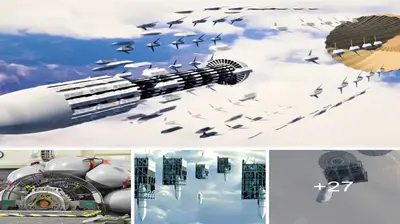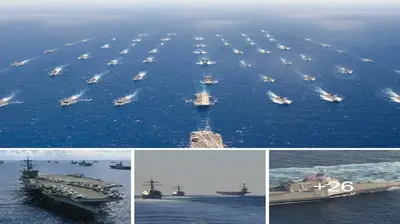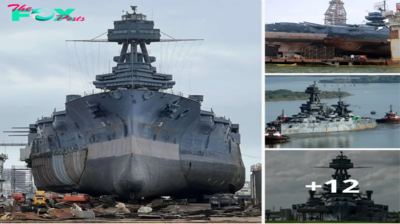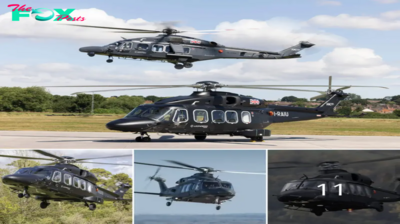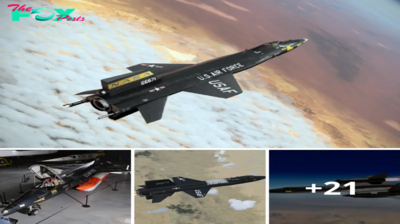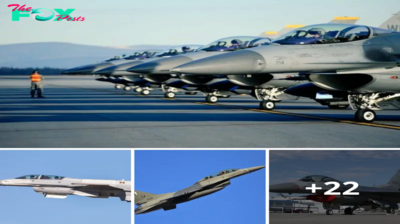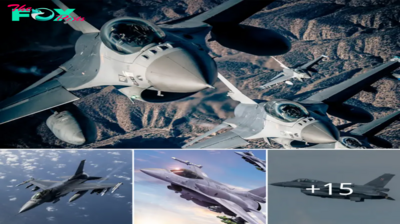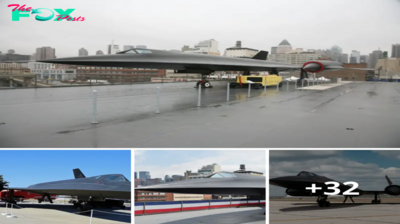Born at the same time as the famous Soviet MiG-21 fighter, the Northrop F-5 has proven to be a platform with impressive performance, low cost, and low maintenance costs.
Though primarily designed for a day air superiority role, the aircraft is also a capable ground-attack platform, making it a popular export aircraft. The F-5E Tiger II is a deeply upgraded version of Northrop Corporation’s fighter line. Its combat capability was evaluated by Soviet experts as superior to MiG-21 and even stronger than MiG-23.

The F-5 entered service in 1962, born as a cost-effective fighter for the Navy and later the Air Force. It’s a small, highly aerodynamic fighter, built around two compact and high-thrust General Electric J85 engines, focusing on performance and a low cost of maintenance. Smaller and simpler than contemporaries such as the McDonnell Douglas F-4 Phantom II.
The F-5E Tiger II is the second generation of this fighter, introduced in 1970. This upgrade included more powerful engines, larger fuel capacity, greater wing area and improved leading edge extensions for better turn rates, optional air-to-air refueling, and improved avionics including air-to-air radar. Primarily used by American allies, it remains in US service to support training exercises.

The baseline F-5E introduced the more potent AN/APQ-153 radar, more recent version of the J85 engine, and more sophisticated features, including an inertial navigation and limited electronic countermeasures features, were available by customer request. It has a larger maximum payload, and a slightly expanded armaments suite for limited air-to-air capabilities. Some of the F-5’s latest upgrades include helmet-mounted sights for off-boresight firing and a revamped communications network.
The F-5E experienced numerous upgrades in its service life, with the most significant one being adopting a new planar array radar, Emerson AN/APQ-159 with a range of 20 nmi to replace the original AN/APQ-153. The latest radar upgrade included the Emerson AN/APG-69, which was the successor of AN/APQ-159, incorporating mapping capability. However, most nations chose not to upgrade for financial reasons, and the radar saw very little service in USAF aggressor squadrons and Swiss Air Force.
The F-5 saw widespread success as an export product throughout the Cold Wαя. The Iranian Air Force received just over 150 F-5 models, consisting of F-5A’s and later generations alike, under the auspices of US Military aid to the Iranian Shah. Tehran owned such a glut of F-5’s that it began to offload its excess stock through second-hand sales in the mid 1970s.

The F-5 still sees limited use throughout the US air force as a cheap adversary trainer. More impressively, F-5 continues to serve in several militaries across the world. A total of 1,400 Tiger IIs were built before production ended in 1987.
The aircraft is powered by two General Electric J85-GE-21B turbojet engines. Each engine can produce a thrust after burner of 22.2kN. It provides a maximum thrust-to-weight ratio compared to any other aircraft engine in the world. The F-5E can climb at the rate of 175m/s. The maximum speed is 1,700 km/h. The ferry and normal ranges of the aircraft are 3,700km and 1,405km respectively. The service ceiling is 15,800m. The aircraft weighs around 4,349kg and the maximum take-off weight is 11,187kg.


